How to Choose the Best Ragdoll Kittens for Your Home
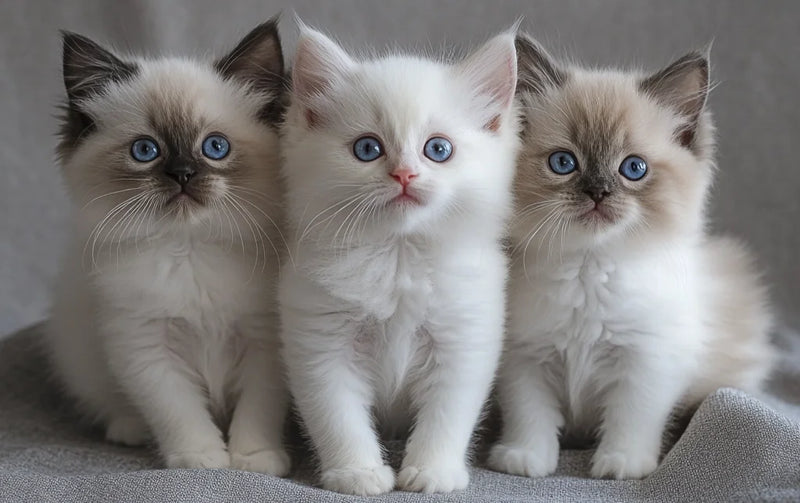
Choosing the perfect Ragdoll kitten for your family requires more than simply falling in love with those mesmerizing blue eyes and silky coats. These gentle giants have captured the hearts of cat enthusiasts worldwide with their docile temperament and striking appearance.
Selecting the right Ragdoll kitten involves understanding their unique characteristics, evaluating individual health and personality traits, and navigating the adoption process with informed confidence.
The Importance of Making an Informed Choice
Many prospective pet owners become enchanted by cute Ragdoll kittens they see online or in shelters without fully comprehending the long-term commitment these magnificent cats require. While cute Ragdoll kittens are undeniably appealing with their fluffy coats and striking blue eyes, choosing based on appearance alone can lead to mismatched expectations.
Their semi-long coat demands regular grooming, their large size necessitates adequate space, and their people-oriented nature means they thrive best in homes where companionship is readily available. Making an uninformed choice can lead to challenges that affect both the cat's well-being and the family's satisfaction with their new companion.
What Makes Ragdoll Kittens Special: Breed Traits That Impact Your Choice
Size and Growth Patterns
Ragdoll kittens grow into substantial cats, with males typically reaching 15-20 pounds and females weighing 10-15 pounds when fully mature. This impressive size development occurs gradually, as Ragdolls are slow-maturing cats that don't reach their full physical potential until three to four years of age.
This extended growth period means your adorable kitten will continue expanding well into adulthood, requiring long-term planning for adequate space and resources.
The Famous Ragdoll Temperament
The Ragdoll temperament sets them apart from many other cat breeds through their remarkably docile and trusting nature. These cats are known for their "floppy" characteristic when picked up, often going completely limp in their owner's arms like a child's ragdoll toy.
This gentle disposition makes them excellent companions for families, but it also means they require homes where human interaction is frequent and meaningful. Ragdoll kittens who grow up in homes where family members are often absent may develop behavioral issues or become overly dependent when their humans are present.
Grooming Requirements
Grooming requirements for Ragdoll kittens evolve as their coat develops from the soft kitten fur into the semi-long, silky adult coat that characterizes the breed. Adult Ragdolls require brushing two to three times per week to prevent matting and reduce shedding.
More frequent attention is needed during seasonal coat changes. Prospective owners should honestly assess their willingness and ability to maintain this grooming schedule, as neglected coats can lead to painful mats and skin issues that require professional intervention.
Space and Social Needs
Space considerations for Ragdoll kittens extend beyond their eventual large size to include their activity preferences and social needs. These cats enjoy both vertical climbing opportunities and horizontal space for stretching and playing.
They benefit from multi-level cat trees, adequate room for running, and comfortable spaces for their favorite activity of lounging near their human companions. Additionally, Ragdolls are inherently social creatures that often thrive with feline companionship, particularly in homes where human family members are frequently away for work or school.
Indoor Living Requirements
The indoor living requirement for Ragdoll kittens cannot be overstated, as their trusting nature and lack of aggressive instincts make them vulnerable to outdoor dangers. Their friendly disposition toward strangers and limited self-defense capabilities mean they should be kept exclusively indoors or in secure, supervised outdoor enclosures.
Families considering Ragdoll kittens must be committed to providing enriching indoor environments that satisfy their physical and mental stimulation needs.
Home Readiness Assessment Checklist
Before bringing home a ragdoll kitten, ensure you can provide the following:
-
Adequate space for a large cat (15-20 pounds when fully grown)
-
Available time for 2-3 weekly grooming sessions
-
Household members present frequently for social interaction
-
Budget for high-quality food and regular veterinary care
-
Commitment to indoor-only living arrangements
-
Willingness to provide mental stimulation and environmental enrichment
-
Understanding of a 12-17 year lifespan commitment
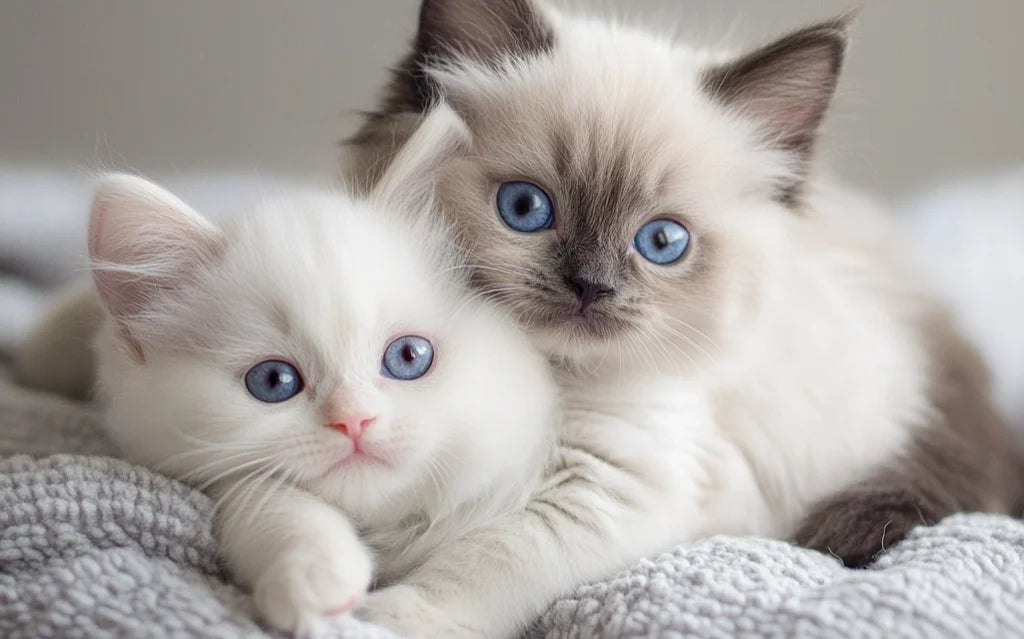
Red Flags vs. Green Flags: How to Assess Ragdoll Kittens Before You Choose
Physical Health Assessment
Eye and Ear Examination
Physical health assessment begins with examining the kitten's eyes, which should be clear, bright, and free from discharge, cloudiness, or excessive tearing. Healthy Ragdoll kittens display alert, curious expressions with no signs of squinting or sensitivity to light.
Their ears should appear clean and pink inside, without waxy buildup, strong odors, or signs of mite infestation that might indicate poor care or underlying health issues.
Body Condition and Coat Quality
The kitten's body condition provides valuable insights into their current health status and the quality of care they've received. A healthy Ragdoll kitten should feel solid and well-proportioned for their age, neither overweight nor undernourished.
Their coat should appear clean and lustrous without bald patches, excessive dander, or signs of flea infestation. Observe the kitten's breathing pattern, which should be steady and unlabored, and watch for any signs of nasal discharge or coughing.
Temperament and Socialization Evaluation
Social Interaction Assessment
Temperament evaluation requires observing how Ragdoll kittens interact with their littermates, human visitors, and their environment. Well-socialized kittens should display curiosity about new people while maintaining appropriate caution.
They should engage in normal play behaviors with their siblings without excessive aggression or fearfulness. The characteristic Ragdoll "flop" response can be gently tested by carefully picking up the kitten and observing whether they relax into your arms or remain tense and struggling.
Handling and Environmental Response
Response to handling provides crucial information about the kitten's socialization experiences and future adaptability to family life. A well-socialized Ragdoll kitten should tolerate gentle touching of their paws, ears, and mouth without extreme resistance.
This indicates they've been properly handled during their critical socialization period. Their reaction to household sounds, such as vacuum cleaners or television noise, can reveal how well they've been exposed to normal domestic environments.
Quality Breeding Indicators and Documentation
Health Testing and Records
Quality breeding indicators extend beyond the individual kitten to include the breeding program's overall practices and transparency. Responsible breeders provide documentation of genetic health testing for common Ragdoll conditions, including hypertrophic cardiomyopathy and polycystic kidney disease.
They should willingly discuss the health history of both parents and be transparent about any genetic concerns within their breeding lines. The kitten's vaccination and deworming records should be current and appropriate for their age, with clear documentation of veterinary care.
Warning Signs to Avoid
Warning signs that should prompt serious reconsideration include kittens separated from their mother before twelve weeks of age, as early separation can lead to behavioral and health problems. Overly aggressive behavior toward littermates or extreme fearfulness of human contact may indicate poor socialization or genetic temperament issues.
Physical symptoms such as persistent diarrhea, respiratory distress, or lethargy suggest underlying health problems that could result in significant veterinary expenses and emotional distress.
Systematic Kitten Evaluation Process
Follow this step-by-step approach when evaluating potential kittens:
-
Initial observation - Watch the kitten interact with littermates and the environment for 10-15 minutes before handling
-
Physical health check - Examine eyes, ears, nose, and coat condition for signs of illness or poor care
-
Temperament testing - Gently pick up the kitten to assess their "ragdoll flop" response and comfort with handling
-
Socialization assessment - Observe reactions to new sounds, gentle petting, and interaction with unfamiliar people
-
Play behavior evaluation - Watch how the kitten engages in play with toys and siblings to gauge energy levels
-
Parent meeting - If possible, meet at least the mother cat to assess temperament and health traits
-
Documentation review - Verify vaccination records, health clearances, and genetic testing results
-
Breeder interaction - Ask detailed questions about socialization practices, feeding schedules, and return policies

Finding Your Perfect Match: Adoption Sources and Decision-Making Strategies
Reputable Breeders
Identifying Quality Breeders
Reputable breeders represent the most common source for Ragdoll kittens and can be identified through several key characteristics. They should be registered with major cat associations such as the Cat Fanciers' Association or the International Cat Association, demonstrating their commitment to breed standards and ethical practices.
Legitimate breeders maintain transparency about their breeding practices, health testing protocols, and the socialization experiences they provide for their kittens. They encourage visits to their facilities, allowing prospective owners to meet the kittens' parents and observe the living conditions.
What Good Breeders Provide
These breeders provide comprehensive health records, genetic testing results, and written contracts that include health guarantees and agreements to take the cat back if circumstances change. They also offer ongoing support and advice throughout the cat's lifetime, viewing themselves as partners in the cat's long-term well-being.
Ragdoll Rescue Organizations
Ragdoll rescue organizations and breed-specific shelters offer wonderful opportunities to find Ragdoll kittens for adoption or adult cats that need new homes. Many people searching for Ragdoll kittens for adoption are surprised to discover that these organizations maintain waiting lists and conduct thorough screening processes.
While purebred Ragdoll kittens for adoption may be less common in rescue situations, Ragdoll mixes and adult cats can make excellent companions for families willing to provide loving homes. Rescue adoption often includes spaying or neutering, current vaccinations, and microchipping.
Traditional Animal Shelters
Traditional animal shelters occasionally have Ragdoll mixes or cats with Ragdoll characteristics available for adoption. While these cats may not have documented pedigrees, they can possess many of the desirable Ragdoll traits that make the breed appealing.
Those seeking Ragdoll kittens for adoption through shelters should be prepared to act quickly when suitable cats become available, as these beautiful cats are often adopted rapidly. Shelter adoption typically costs significantly less than purchasing from breeders and includes basic veterinary care.
Making Your Final Selection
Prioritizing Compatibility
Making the final selection between multiple appealing kittens requires prioritizing personality compatibility over appearance preferences, even when faced with several equally cute Ragdoll kittens. Consider how each kitten's energy level, social needs, and temperament align with your family's lifestyle and expectations.
Remember that the most photogenic or cute Ragdoll kittens may not necessarily be the best personality match for your specific household dynamics. Families with multiple cats should evaluate how well potential kittens might integrate with existing pets.
Budget Considerations
Budget considerations extend beyond the initial adoption fee to include ongoing expenses such as high-quality food, regular veterinary care, grooming supplies, and potential emergency medical costs. Ragdoll cats typically live 12-17 years, making the financial commitment substantial over their lifetime.
Factor in costs for quality cat trees, scratching posts, and other environmental enrichments that support their physical and mental health.
Timing Your Adoption
Timing considerations for bringing your new Ragdoll kitten home should account for your family's schedule and ability to provide intensive supervision during the adjustment period. Kittens require frequent feeding, socialization, and monitoring during their first few weeks in a new environment.
Plan for adequate time to facilitate gradual introductions to other pets and help your new kitten establish routines and boundaries within your household.

Essential Pre-Arrival Preparation Steps
Before bringing your Ragdoll kitten home, complete these important tasks:
-
Set up the environment - Prepare a quiet room with food, water, a litter box, and comfortable bedding for initial adjustment
-
Purchase quality supplies - Invest in stainless steel food bowls, high-sided litter boxes, and appropriate grooming tools
-
Kitten-proof your home - Secure loose wires, remove toxic plants, and block access to small spaces where kittens might get trapped
-
Schedule veterinary care - Arrange an initial health check appointment within the first week of arrival
-
Plan the introduction process - If you have other pets, establish a gradual introduction timeline and separate spaces
-
Stock up on appropriate food - Purchase the same brand the kitten has been eating to avoid digestive upset during transition
-
Prepare family members - Educate household members about proper handling techniques and the kitten's adjustment needs
Final Thoughts
Choosing the ideal Ragdoll kitten for your home requires balancing emotional attraction with a practical assessment of breed characteristics, individual kitten traits, and your family's readiness for long-term commitment. Whether you're drawn to cute Ragdoll kittens from breeders or hoping to find Ragdoll kittens for adoption through rescue organizations, the systematic approach outlined in this guide helps ensure success.
Remember that the most appealing kitten may not necessarily be the best match for your specific situation, and taking time to thoroughly evaluate multiple factors will lead to a more successful long-term relationship.


























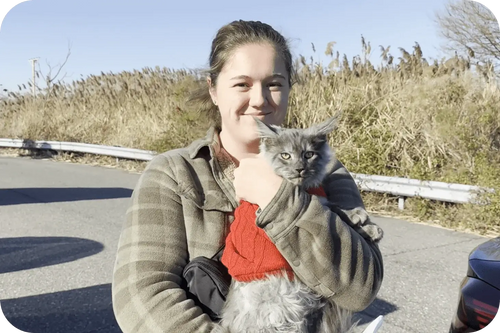
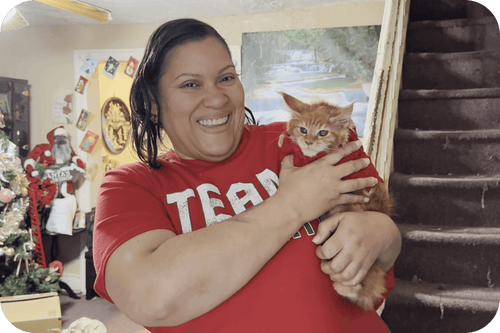
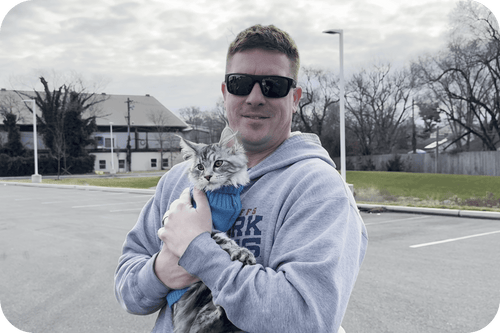



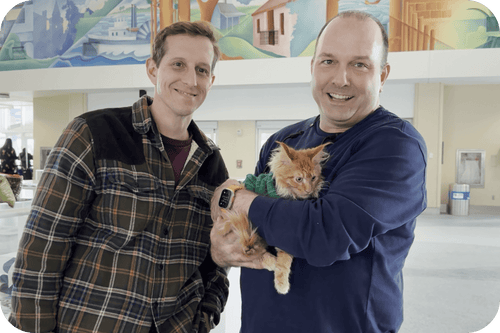

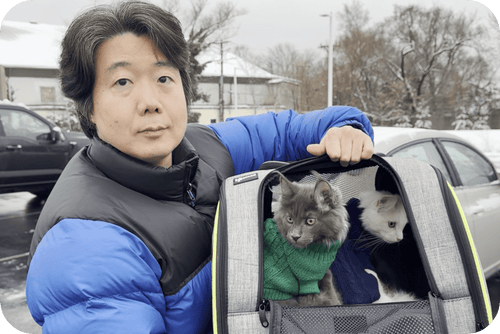
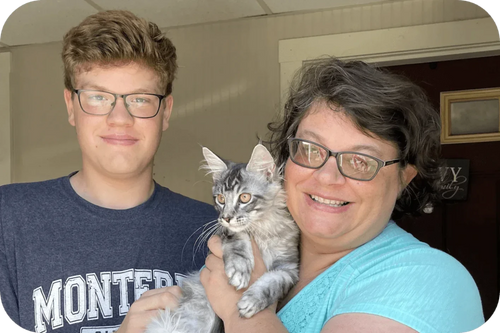
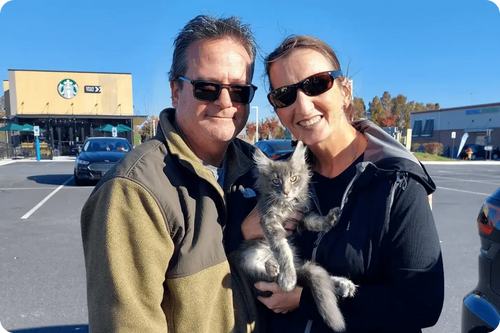



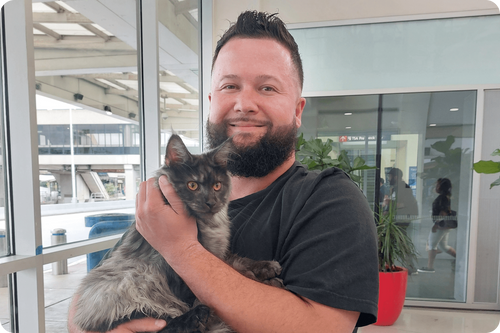











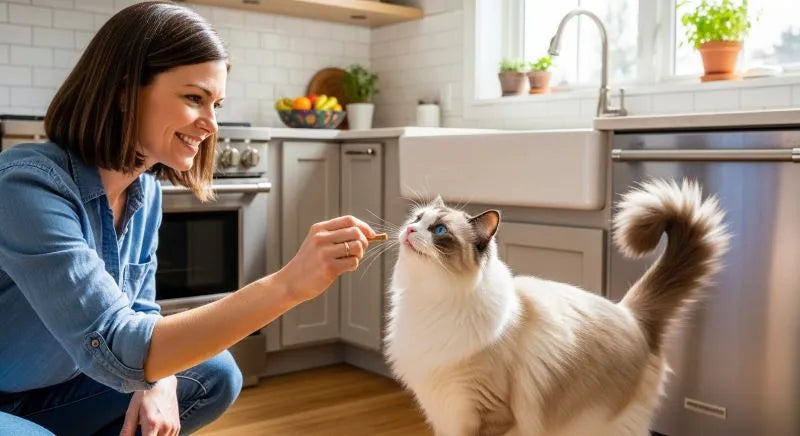

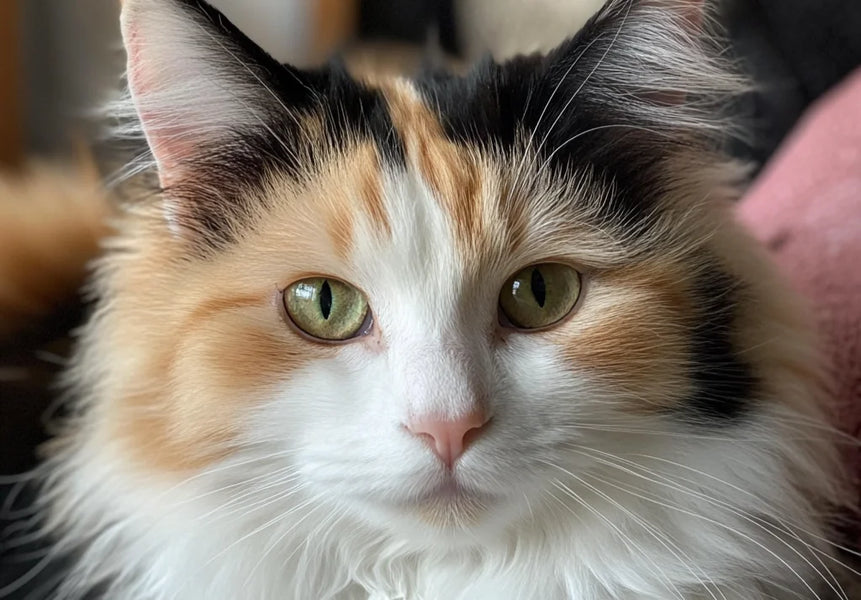

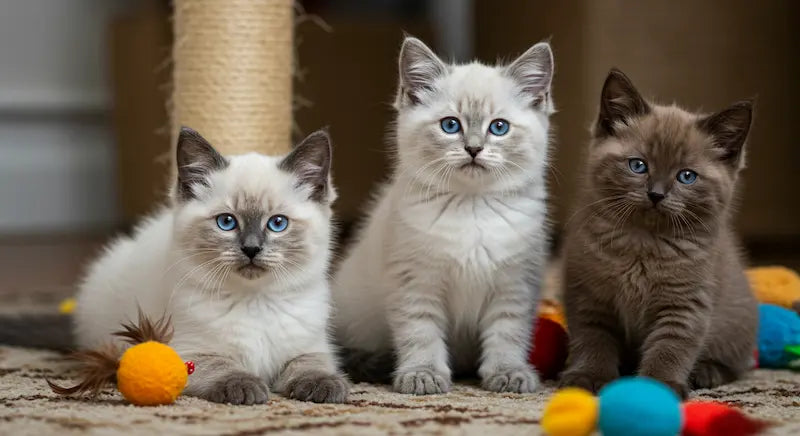




Comments(0)